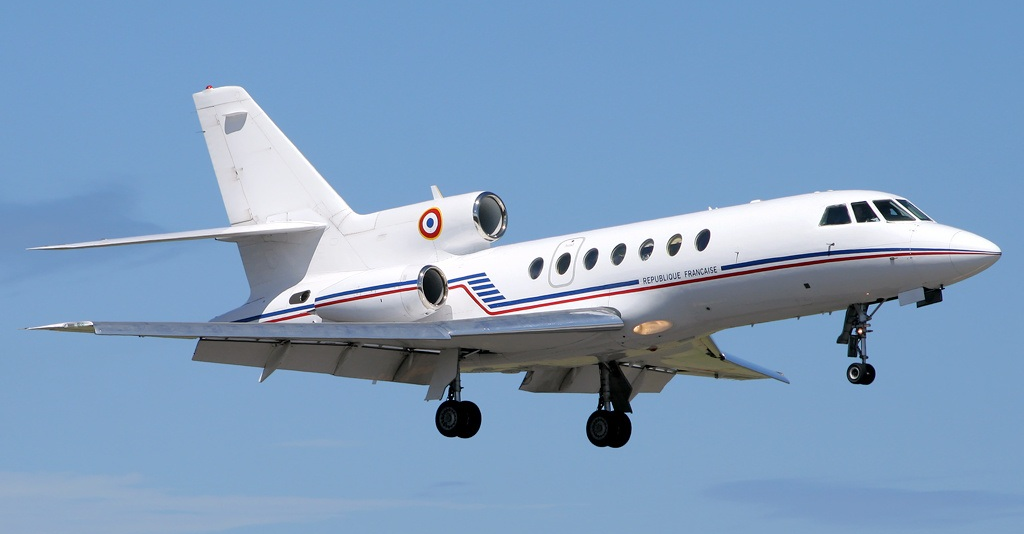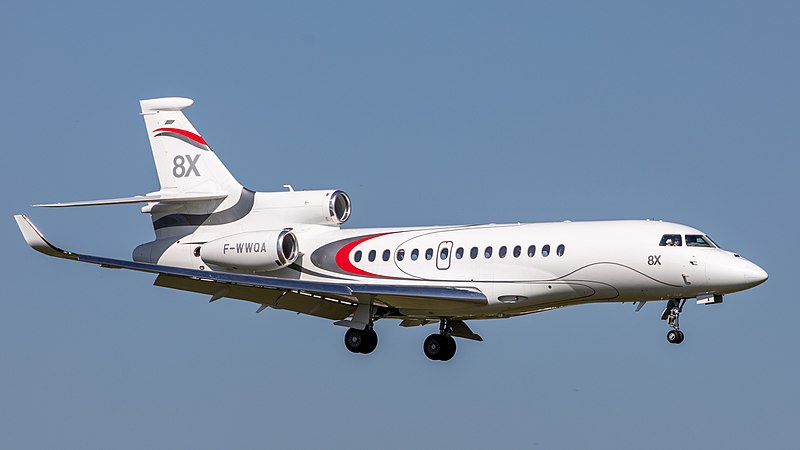As we move into 2023, business aviation has always been a fast-paced industry, changing to meet additional needs and demands. Here are the trends that will affect the business aviation industry in the coming year, shaping its future direction and driving innovation and growth.
Increased demand for sustainable aviation:
As concerns grow about how air travel affects the environment, businesses will focus more on sustainable aviation options, increasing demand for electric and hybrid aircraft as well as fuels that are kinder to the environment, like biofuels.
The aviation industry is becoming more interested in electric aircraft, and several companies are already building and testing commercial electric aircraft. While electric planes are not yet suitable for long-distance flights, they will be ideal for short-distance trips in the future. Expect Electric aircraft development to speed up in the coming years. This technology will give operators a greener, more inexpensive alternative to traditional fuel-powered planes.
Increased use of technology:
From virtual and augmented reality to artificial intelligence and machine learning, these technologies will continue to shape the future of business aviation fundamentally. Companies will look for more ways to incorporate technology into their operations to make them more efficient and safer and to deliver better products and services for their customers.
AI will be increasingly used in the business aviation industry, with more companies investing in AI solutions to speed up operations, reduce costs, and improve the overall customer experience. Artificial intelligence (AI) technology can analyze data and optimize flight routes, lowering fuel consumption and costs. AI can also automate specific tasks and provide predictive maintenance, improving aircraft safety and reliability.
The development of electric aircraft and the adoption of AI technology have the potential to significantly impact the future of the business aviation industry. While these technologies are still in the early stages of development and adoption, they are worth watching because they can shape the industry for years.
More flexible ownership models:
As companies seek to optimize their expenses and increase flexibility in aircraft availability, traditional ownership models have become less attractive. Instead, flexible ownership models such as fractional or aircraft leasing have become more popular.
Fractional ownership allows companies to purchase a share of an aircraft, typically from 1/16th to 1/2, which provides them access to the plane for a certain number of hours per year. The remaining ownership is split among other individuals or businesses, which means that the maintenance and operating costs are also shared.
Fractional ownership provides companies with the benefits of aircraft ownership without the entire financial burden, making it an appealing option for companies that require regular access to private aircraft.
Aircraft leasing is another flexible ownership model that provides companies with the ability to use an aircraft without having to purchase it outright. Leasing arrangements typically involve a fixed-term contract in which the lessee pays a monthly fee for the use of the aircraft.
Leasing allows companies to use the aircraft without the upfront capital costs of ownership and provides greater flexibility in terms of aircraft selection and fleet size.
Both fractional ownership and aircraft leasing provide cost savings and increased flexibility in aircraft availability. Additionally, these ownership models allow companies to focus on their core business activities instead of managing the intricacies of aircraft ownership. As the sharing economy continues to grow and companies seek more efficient ways to conduct business, flexible ownership models will likely become increasingly popular in the business aviation industry.
Jet cards are another flexible ownership model. Jet cards are prepaid cards that provide access to a specific number of flight hours on a private jet or a fleet of jets. Jet card programs provide a flexible alternative to traditional ownership models.
With a jet card, companies can use private jets whenever they want without making a long-term commitment to ownership. Most jet card programs offer guaranteed availability, fixed hourly rates, and transparent pricing, which makes it easier for companies to plan their budgets for private jet travel. Jet cards also come with extra perks like customized meals, luxury ground transportation, and access to private airport lounges.
Jet cards are perfect for companies whose private jet travel needs change often because they give them the freedom to change the number of flight hours based on their needs. Jet cards also offer the ease of a private jet without the hassle of owning or maintaining an aircraft. Jet cards are an attractive option for companies that require occasional private jet travel.
Regional connectivity:
As the global economy grows and expands, regional connectivity becomes more important for businesses. Because of this, regional business aviation hubs have grown, and there is more focus on creating new regional routes and services.
With technological advancements and changing consumer preferences, regional connectivity is becoming increasingly important in the aviation industry.
One of the main drivers of regional connectivity is the development of smaller, more efficient private jets that can access smaller airports and runways. These jets are designed to provide faster and more convenient travel between regional destinations, bypassing congested commercial airports and offering more direct routes. Which means far less time spent on the road.
Another trend that is driving regional connectivity in the business aviation industry is the increasing demand for personalized travel experiences. Private jets provide a level of luxury and convenience that cannot be matched by commercial airlines, and they are becoming more accessible to a broader range of travelers. This is leading to an increase in regional travel for both business and pleasure.
Greater regulatory scrutiny:
Greater regulatory scrutiny is expected to have a significant impact on the business aviation industry in the future. As concerns over safety, security, and environmental impact continue to grow, governments and regulatory bodies are increasing their oversight of the industry.
One of the main areas of regulatory scrutiny is safety. Aviation accidents involving private jets can have serious consequences, and regulatory bodies are focusing on improving safety standards to reduce the risks. This has led to the implementation of new regulations, such as mandatory safety training for pilots and stricter maintenance requirements for aircraft.
Private jets are often used by high-net-worth individuals and corporate executives, and there is a risk of terrorism or other security threats. Governments are implementing new security measures, such as enhanced screening procedures and background checks for passengers and crew, to address these concerns.
Environmental impact is a growing concern in the business aviation industry, and regulatory bodies are taking steps to address this issue. New regulations and incentives are being implemented to encourage the use of more fuel-efficient aircraft and reduce emissions. Governments are also exploring the use of sustainable aviation fuels and other green technologies to reduce the environmental impact of private jet travel.
Greater regulatory scrutiny is expected to have both positive and negative impacts on the business aviation industry. On the one hand, increased safety and security measures could improve the public's perception of private jet travel and attract new customers. On the other hand, increased regulatory requirements could increase costs and reduce the flexibility of private jet operators.
Global Economics:
Global economics will continue to have a significant impact on the future of the business aviation industry. The industry is susceptible to economic fluctuations, as it is closely tied to the business and financial sectors, which are heavily influenced by economic conditions.
One of the main factors that can affect the business aviation industry is the overall health of the global economy. In times of economic growth, businesses are more likely to invest in private jet travel to increase productivity and expand their operations. Conversely, during economic downturns, companies may reduce their travel budgets and opt for less expensive travel options.
Another factor that can affect the business aviation industry is currency exchange rates. As the industry is global, operators and customers often deal with multiple currencies. Fluctuations in currency exchange rates can affect the costs of operating private jets, as well as the pricing and demand for private jet travel.
Trade policies and regulations can also have an impact on the business aviation industry. Changes in trade policies, such as tariffs or sanctions, can affect the movement of people and goods across borders, which can impact demand for private jet travel. Similarly, regulatory changes, such as new taxes or fees, can affect the cost of operating and using private jets.
Overall, the future of the business aviation industry will be shaped by global economic conditions. While economic growth can increase demand for private jet travel, economic downturns can lead to reduced demand. Currency exchange rates, trade policies, and regulations can also impact the industry.
To succeed in this dynamic environment, private jet operators will need to remain flexible and adaptable to changing economic conditions while also providing high-quality services to meet the needs of their customers.
The business aviation industry will keep changing and adapting over the next year as economic, technological, and regulatory trends change. Business aviation companies need to keep up with new technologies and trends to stay competitive and relevant in a world that is constantly changing at a rapid pace.

